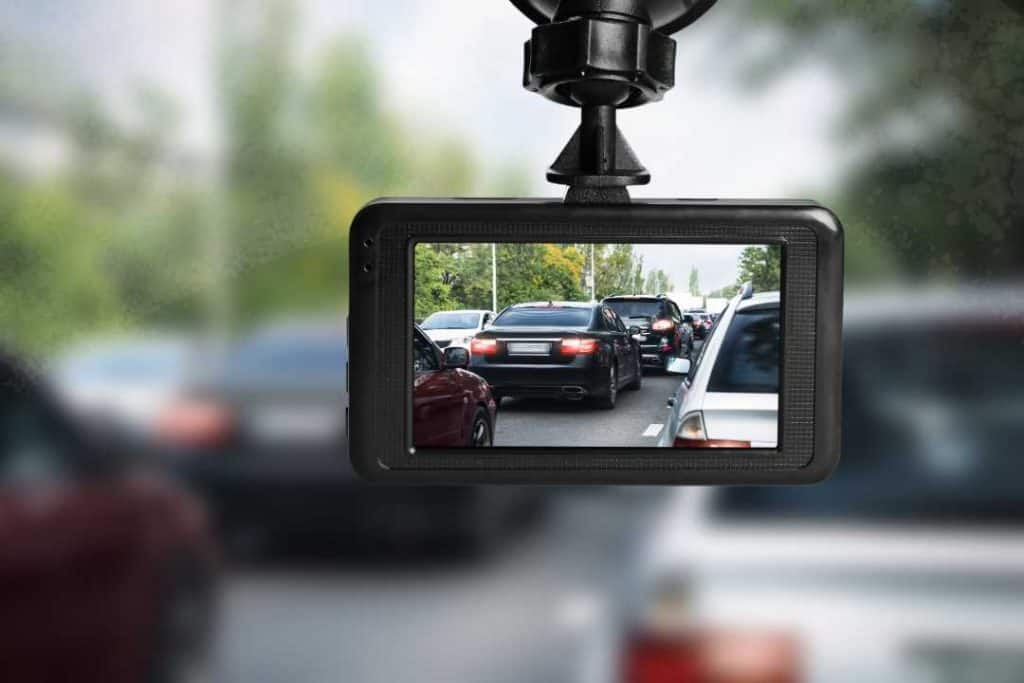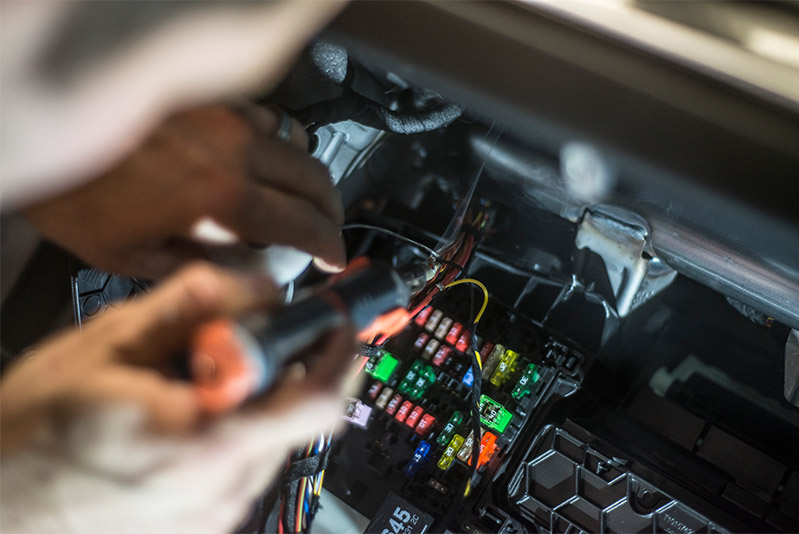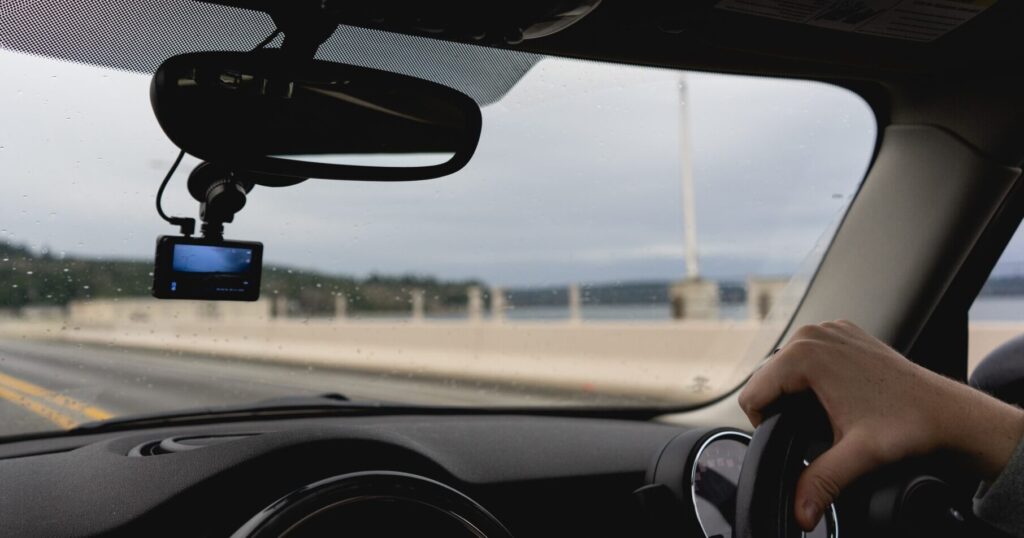Introduction: Safeguarding Your Drive with Dash Cameras
In today’s dynamic world, where roads are busier and unpredictable events can occur in the blink of an eye, having a reliable dash camera has become increasingly essential. These compact devices serve as silent witnesses, capturing crucial road events that can provide invaluable evidence in case of accidents, deter criminal activity, and even preserve scenic drives for cherished memories.

Types of Dash Cameras: Tailored to Your Needs
The dash camera market offers a diverse range of options to suit individual needs and preferences. Front-facing cameras are the most common type, capturing the forward view of the road. Rear-facing cameras provide a rearward perspective, valuable for documenting rear-end collisions or incidents involving the vehicle’s rear. Dual-camera systems combine both front and rear-facing cameras for comprehensive coverage. For an even wider perspective, 360-degree cameras offer a panoramic view of the surrounding environment.
Choosing the Right Dash Camera: A Buyer’s Guide
When selecting a dash camera, several factors should be considered to ensure it aligns with your requirements. Video quality is paramount, with higher resolution cameras producing sharper and more detailed footage. Storage capacity determines the amount of video that can be stored, with larger capacities ideal for frequent recording. Features like night vision, parking mode, and Wi-Fi connectivity enhance the camera’s functionality. Price is also a crucial factor, with a wide range of options available to fit various budgets.

Unboxing and Preparing Your Dash Camera: Setting the Stage
Upon receiving your new dash camera, carefully unbox the package, ensuring all components are present and in good condition. Refer to the manufacturer’s instructions for proper charging of the dash camera’s battery. Formatting the memory card ensures compatibility with the camera and optimizes storage capacity.
Selecting the Mounting Location: Finding the Perfect Spot
The mounting location plays a significant role in the camera’s effectiveness. For front-facing cameras, popular options include the windshield or dashboard, ensuring a clear view of the forward road. Rear-facing cameras can be mounted on the rear window or trunk lid, providing a rearward perspective. Dual-camera systems require careful positioning of both cameras to achieve optimal coverage.

Hardwiring vs. Power Adapter: Choosing the Power Source
Powering the dash camera is essential for continuous operation. Hardwiring involves connecting the camera directly to the vehicle’s electrical system, providing a permanent and reliable power source. This method is preferred for those who want a clean and hidden installation. Power adapters, on the other hand, plug into the vehicle’s accessory socket, offering a simpler installation but potentially visible cables.
Routing the Cable: A Hidden Approach
Concealing the power cable maintains a professional appearance and prevents clutter. Utilize trim panels and A-pillar covers to route the cable discreetly along the vehicle’s interior. Avoid obstructions and potential interference with other electrical components.

Connecting the Camera and Power: Bringing it to Life
Secure the dash camera firmly to the chosen mounting location using the provided hardware. Connect the power cable to the camera and the power source (hardwiring or power adapter) according to the instructions. Verify that the dash camera is properly powered on and recording videos correctly.
Configuring Settings and Preferences: Customizing Your Experience
Access the dash camera’s settings menu to personalize your experience. Adjust video quality settings to achieve the desired level of detail. Customize recording modes, enabling continuous recording, motion detection, or parking mode as needed. Explore other features like time stamps, date stamps, and audio recording.
Maintaining Your Dash Camera: Ensuring Optimal Performance
Regular cleaning of the lens and body keeps the camera in top condition. Check for and install firmware updates to ensure the camera runs the latest software and features. Periodically format the memory card to prevent storage issues and optimize performance.
Troubleshooting Common Issues: Addressing Challenges
Identifying common problems like power connection issues, recording glitches, or blurry videos is crucial for timely resolution. Follow troubleshooting steps, such as checking connections, adjusting settings, or resetting the device. If the issue persists, consider seeking professional assistance.

The Rise of the Silent Witness: Why Dash Cameras Matter
In today’s dynamic world, where roads are busier than ever and unpredictable events can occur in a split second, having a reliable dash camera has become increasingly essential. These compact devices are more than just trendy gadgets; they act as silent witnesses, capturing crucial road events that can provide invaluable evidence in case of accidents. Whether it’s a hit-and-run collision, a case of road rage, or simply capturing a breathtaking scenic drive for cherished memories, a dash camera offers peace of mind and valuable documentation for any situation.
A Spectrum of Options: Choosing the Right Dash Camera
The dash camera market boasts a diverse range of options, ensuring you can find the perfect fit for your individual needs and preferences. Front-facing cameras are the most common type, capturing a clear view of the road ahead. This is ideal for documenting accidents caused by oncoming traffic, sudden stops, or dangerous maneuvers by other drivers. Rear-facing cameras provide a valuable rearward perspective, crucial for recording rear-end collisions or incidents involving the vehicle’s rear. For even greater coverage, dual-camera systems combine both front and rear-facing cameras, offering a comprehensive record of everything happening around your car. If you crave an even wider perspective, 360-degree cameras have emerged, capturing a panoramic view of the entire surrounding environment, ideal for those who frequently navigate tight spaces or challenging parking situations.
A Buyer’s Guide: Decoding Features and Specs
Selecting the right dash camera requires careful consideration of several factors to ensure it aligns perfectly with your requirements. Video quality is paramount. While lower resolution cameras might be budget-friendly, they may struggle to capture crucial details like license plates or driver faces in low-light conditions. Higher resolution cameras, like those offering Full HD (1080p) or even 4K resolution, produce sharper and more detailed footage, providing stronger evidence in case of disputes. Storage capacity determines the amount of video that can be stored on the device. If you plan on recording continuously, a larger memory card is essential.
Many cameras offer loop recording, which automatically overwrites older footage when the card reaches capacity, but having a larger capacity allows you to keep more footage for longer periods. Features like night vision enhance the camera’s functionality by capturing clear video even in low-light conditions, crucial for accidents happening at night or during dusk. Parking mode offers added security by automatically activating the camera when the vehicle is parked and detecting motion, potentially capturing footage of vandalism or theft attempts. Wi-Fi connectivity allows you to connect your smartphone to the dash camera for real-time viewing or downloading recorded footage, offering added convenience.
Unboxing and Preparation: Getting Your Dash Camera Ready
The excitement of receiving your new dash camera is undeniable. Upon unboxing the package, take a moment to carefully check that all components, including the camera itself, mounting hardware, power cable, and memory card (if not included), are present and in good condition. Refer to the manufacturer’s instructions for proper charging of the dash camera’s battery, if applicable. Formatting the memory card ensures compatibility with the camera and optimizes storage capacity. Most cameras allow formatting directly through the device’s settings menu, so you don’t need any additional software.
Finding the Perfect Spot: Choosing a Mounting Location
The mounting location plays a significant role in the camera’s effectiveness. For front-facing cameras, popular options include the windshield or dashboard. Mounting the camera directly behind the rearview mirror on the windshield offers a clear view of the forward road without obstructing your driving vision. However, some states have regulations regarding windshield obstructions, so check your local laws before placing the camera there. Alternatively, the dashboard can be a suitable location, but ensure the camera doesn’t block essential controls or air vents. Rear-facing cameras can be mounted on the rear window or trunk lid, providing a clear view of the road behind your vehicle. Dual-camera systems require careful positioning of both cameras to achieve optimal coverage. Ensure the front-facing camera has a clear view of the road ahead, while the rear camera captures the entire rear window area.
Conclusion: A Guardian for Your Road
A dash camera serves as a valuable guardian for your journeys, capturing crucial events that can protect your rights, deter crime, and preserve memories. By carefully selecting, installing, and maintaining your dash camera, you can ensure it effectively captures the road ahead, providing peace of mind and valuable evidence when needed.

Leave a Reply